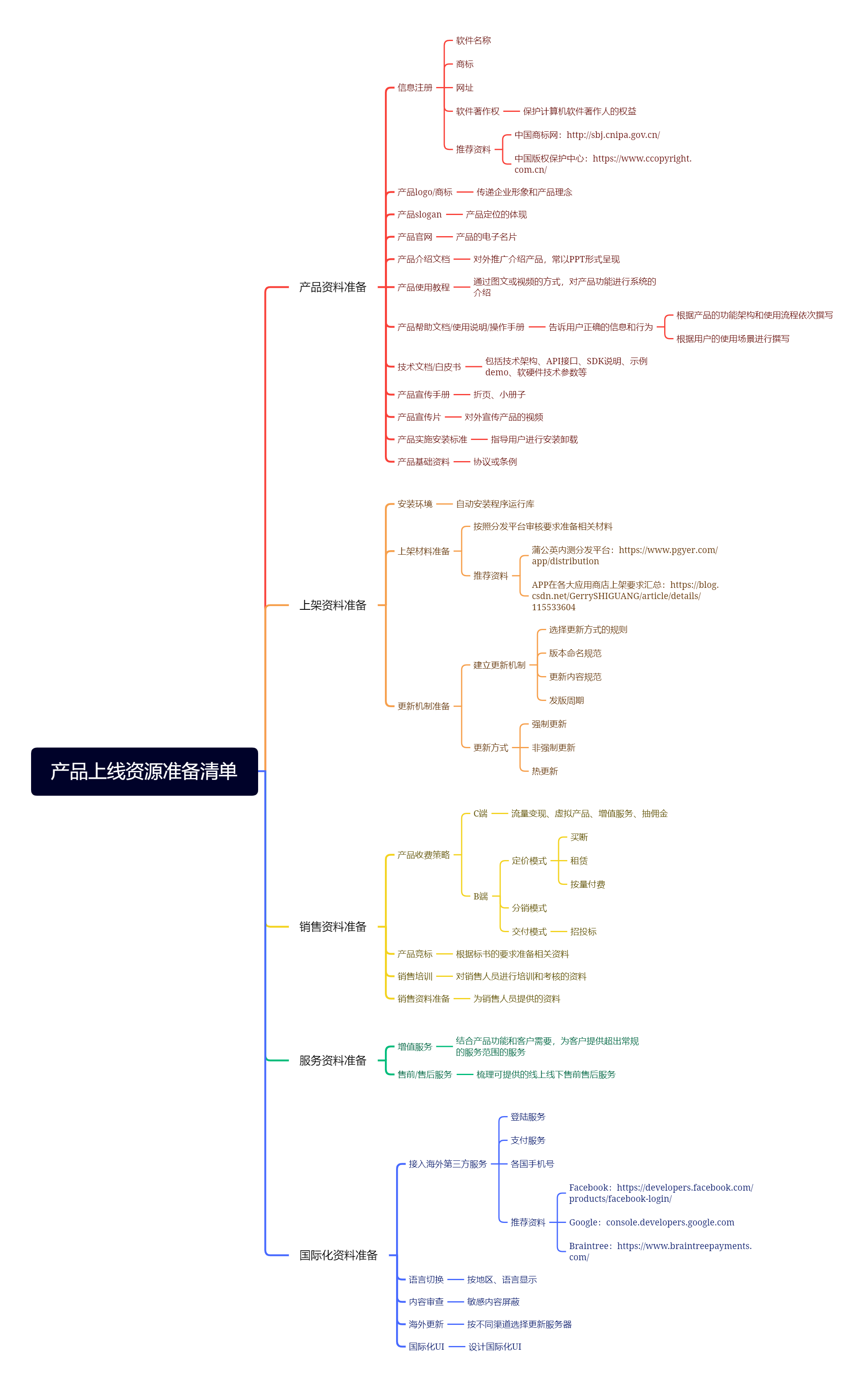The preparation work before the product launch seems simple, but it is very complicated in practice. If it is not considered and prepared as early as possible, it may be in a hurry and even cause the product to be launched.

The preparation work before the product launch sounds simple, but it is actually very complicated. In addition to considering user needs and business needs, it is also necessary to take into account domestic and foreign requirements. I have also stepped on a lot of pitfalls in this area, and I know that I should think and prepare as soon as possible, and don't wait for the product to be made, but due to insufficient material preparation, I rush to fill in the information and even delay the launch.
1. Preparation of product information
1. Information registration
1) Software name, trademark, website registration
These are best decided during the project approval period. If you find out that the software has the same name and the URL has been registered by someone else when the product is about to be released, then the entire product will have to be redesigned and deployed. Moreover, there are many preemptive registration companies. Research well in advance, it will be time-consuming and labor-intensive and may cost money. For example, Ma Yun spent 10,000 US dollars to buy back the domain name "alibaba" from Canadians. A few years later, Ma Yun, who has a long-term vision, also registered the two domain names "alimama and alibaby".

2) Software copyright registration
The soft move is to protect the rights and interests of computer software copyright owners. It can prevent plagiarism of competing products and effectively build a moat. At the same time, it is also beneficial to the company’s financing, shareholding, tax relief, bidding and other businesses. Therefore, the earlier the soft move is applied, the more beneficial it will be.
3) Recommended information
China Trademark Net: http://sbj.cnipa.gov.cn/
China Copyright Protection Center: https://www.ccopyright.com.cn/
2. Product LOGO/Trademark
As the most important part of CIS strategy, product logo shoulders the arduous task of conveying corporate image and product concept. A meaningful product logo requires a lot of effort to design, and it also requires early preparation and joint review. For example, Kenya Hara spent 3 years designing a new logo for Xiaomi, following the mathematical formula of |X| n+|y| n=1, and finally chose the version with n=3 as the final solution, giving the product a sense of life.
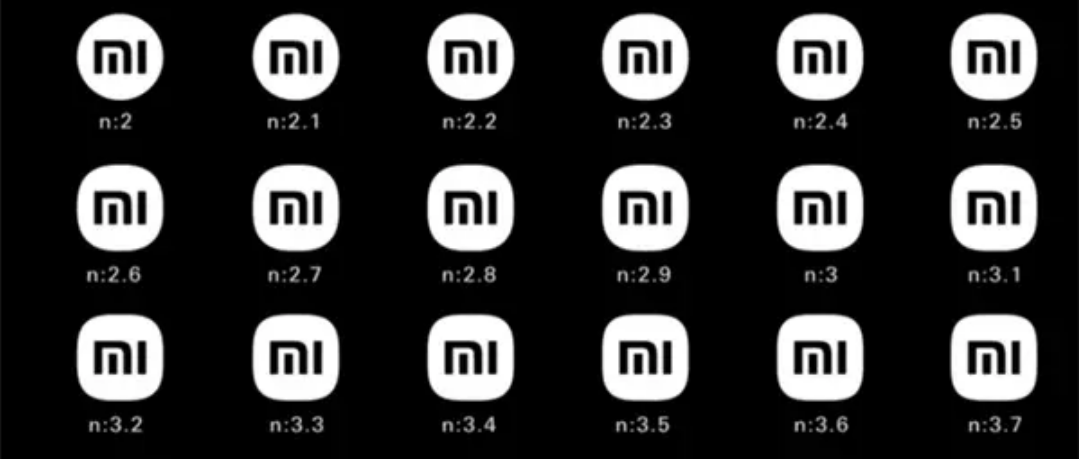
3. Product slogan
Slogan emphasizes the most prominent feature of a product, and it is also the embodiment of product positioning. The design can be considered from the following three aspects:
- Action instruction: Guide user behavior by constructing scenarios, such as starting from here when surfing the Internet (hao123); you will know after Baidu (Baidu)
- Value proposition: Indicate the value provided to users, such as less search and more results (Bing); make the world easy to do business (Alibaba)
- Emotional theory: promote a concept and shape the brand image, such as Just do it (Nike); good air conditioner made by Gree (Gree)
4. Product official website
In layman's terms, the product official website is the electronic business card of the product. Through the official website, more potential customers can learn about the product, and it can also help companies get feedback from customers in a timely manner.
Generally speaking, the information that must be displayed on the official website includes: product positioning, core functions, product advantages, introduction of solutions in various industries, cooperation cases and data, contact information, and product download entrance. Optional content includes product price, relevant qualifications, help center, event banner, etc.

5. Product introduction document
It is used to promote and introduce products to the outside world, often presented in the form of PPT. Common content includes corporate background, honorary qualifications, product introductions, featured functions, application scenarios, cooperation cases, featured services, etc. If hardware is covered, deployment plans are also required.
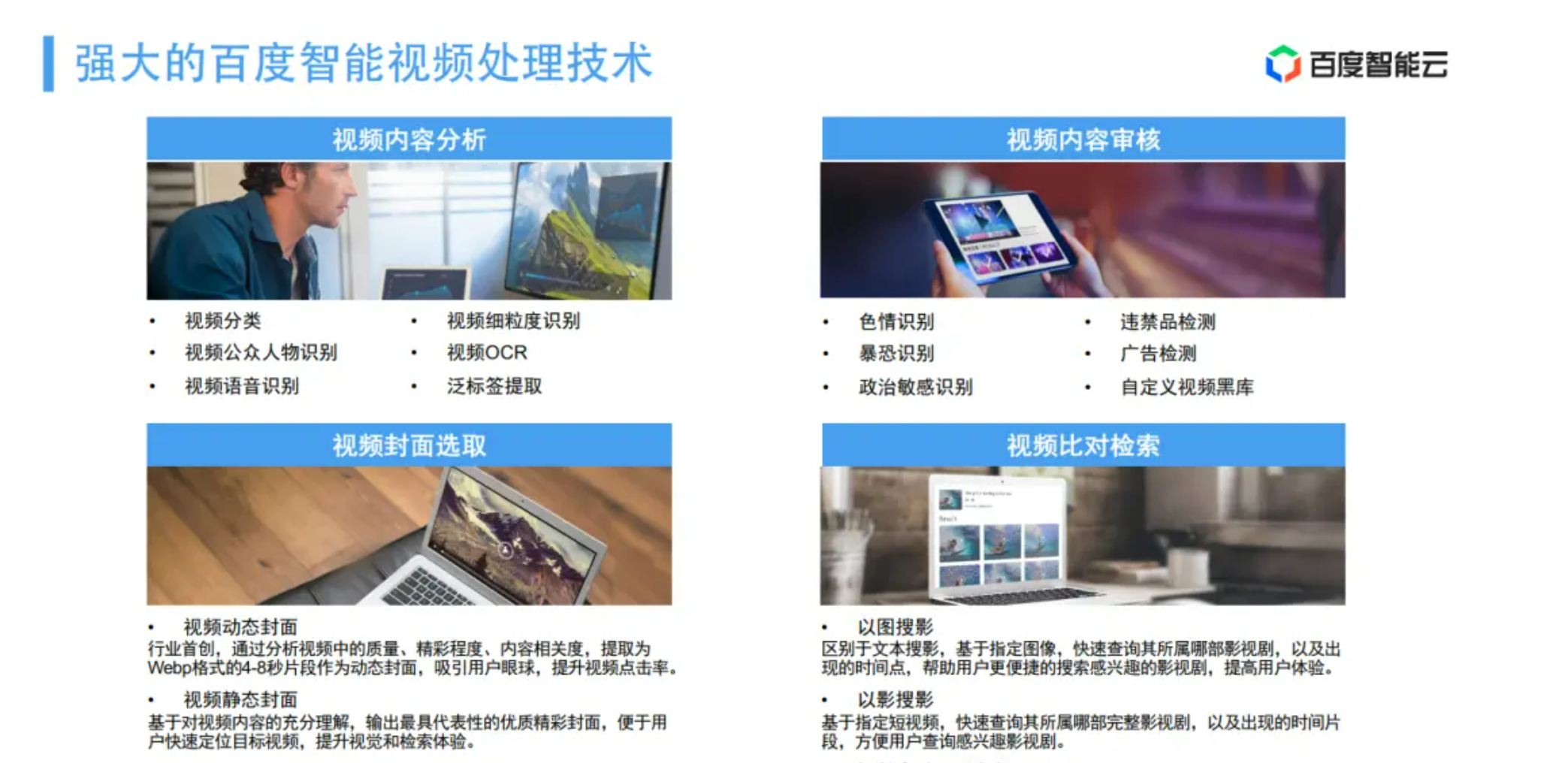
6. Product tutorial
The function of the product can be systematically introduced in the form of graphics or video, including the operating environment, installation instructions, and functional operation instructions.
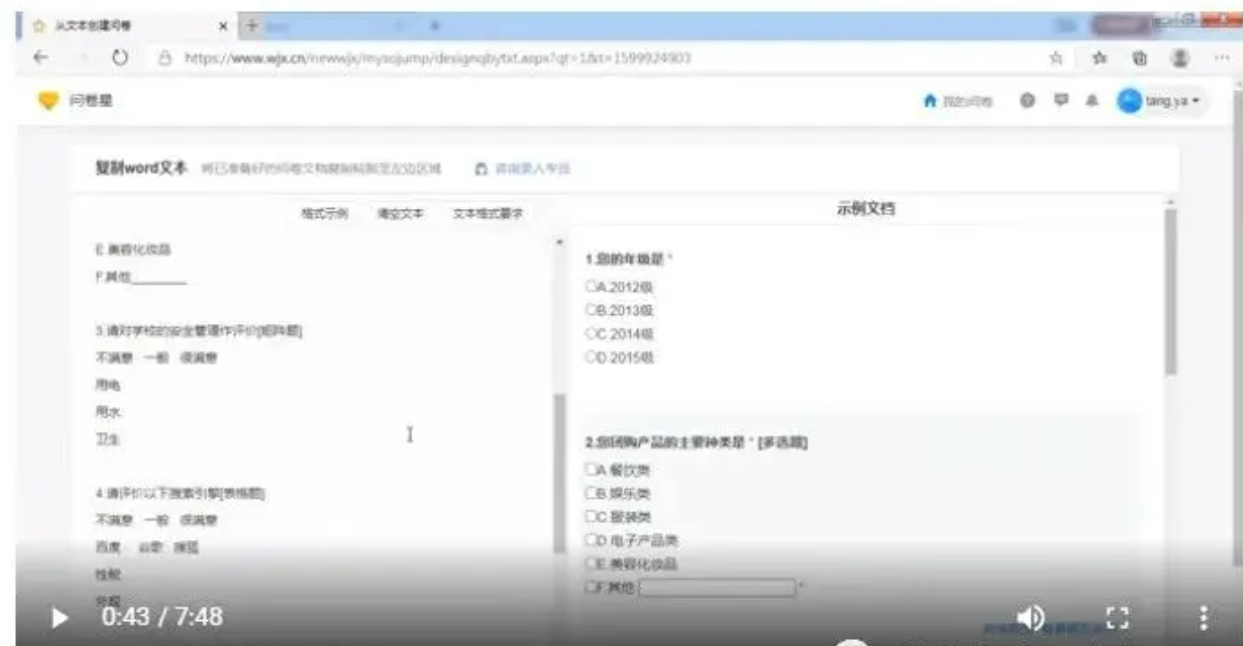
7. Product Help Documents/Instructions/Operation Manual
Product help documentation is to tell users the correct information and actions when they encounter problems. When encountering a problem, what users need most is to solve it immediately, so be concise and tell the user the correct way with as few words as possible. At the same time, it also needs to be easy to understand, and users don't need to know the logic of your design.
There are two ways when writing documentation:
1) Write sequentially according to the functional architecture and usage process of the product
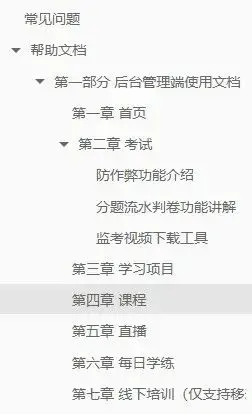
2) Write according to the user's usage scenario
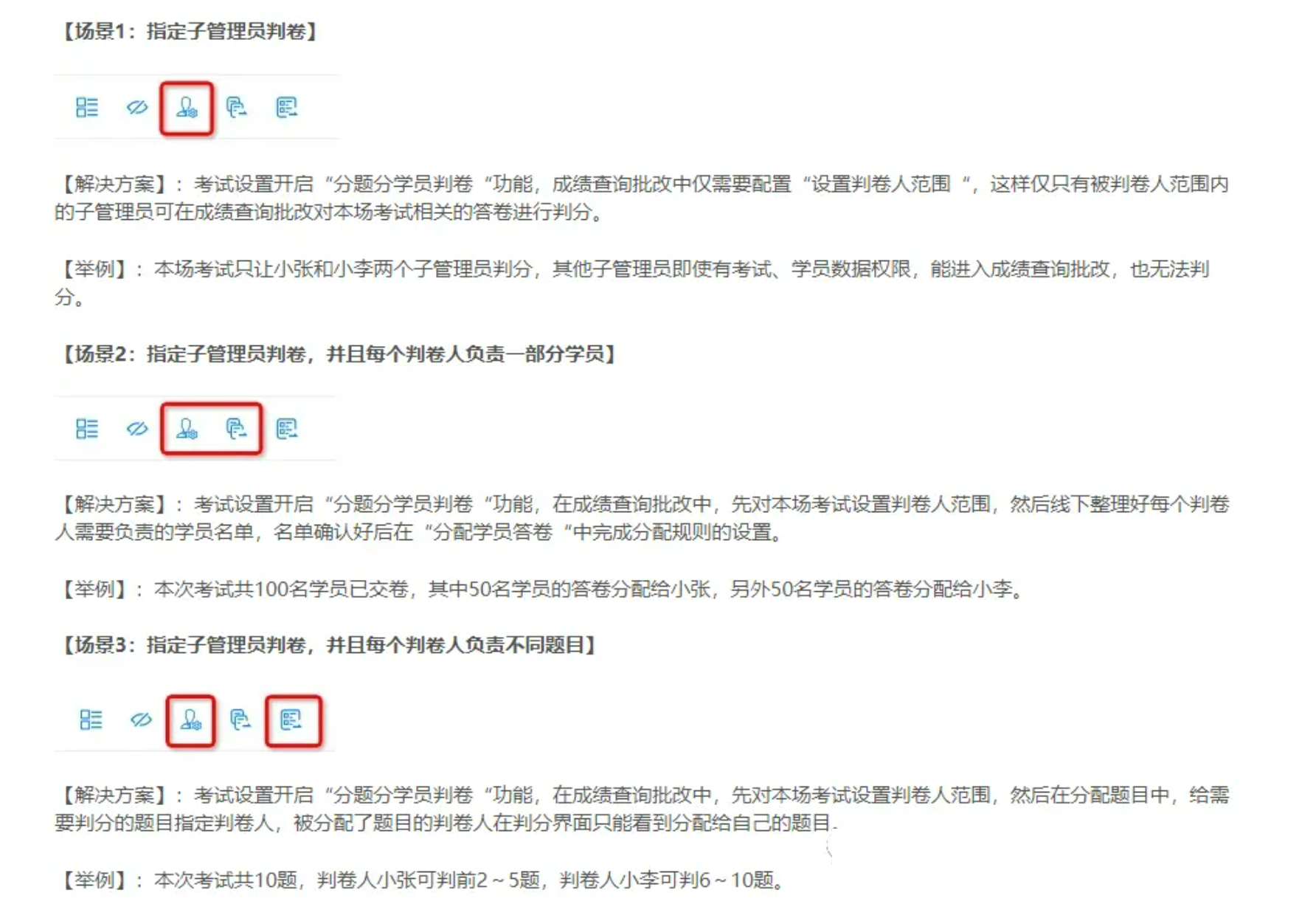
In addition to this, common/unusual problem handling should be included in the documentation. If it is a hardware product, you need to explain the parameters and standards of the product. If it is a software product, you need to explain the appropriate hardware configuration and network configuration.
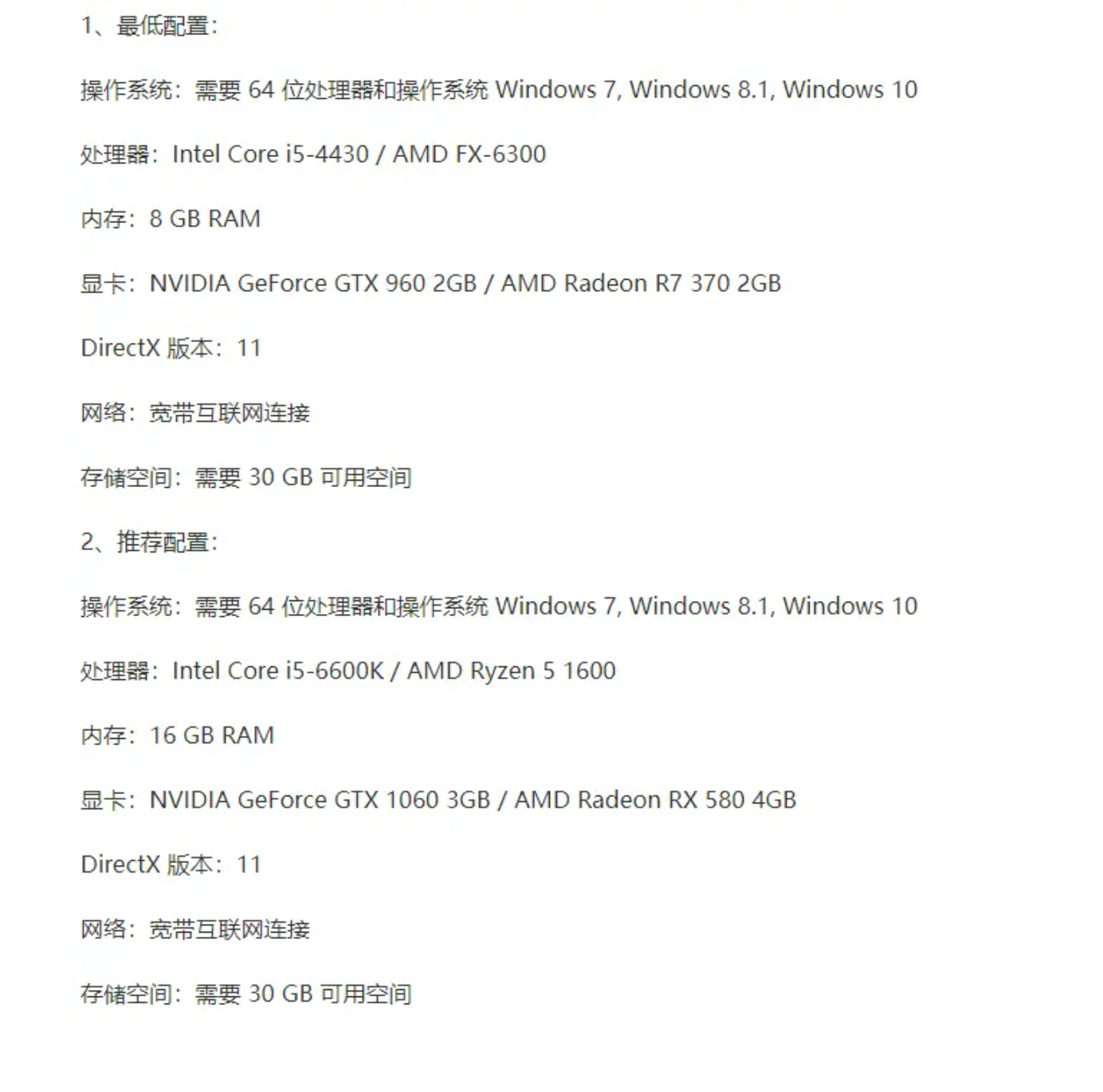
8. Technical Documentation/White Paper
If your product belongs to the open platform type, you also need to ask technicians to prepare relevant technical documents, such as technical architecture, API interface documents, SDK instructions, sample demos, software and hardware technical parameters, etc.

If the product is a large-scale solution in a certain field, you can write a technical white paper, which can not only provide guidance to other companies, but also establish an industry leadership.

9. Product Brochure
Product brochures are an important way to promote products. They can not only convey product information and arouse potential customers' purchase actions, but also be used as reference materials for permanent preservation.
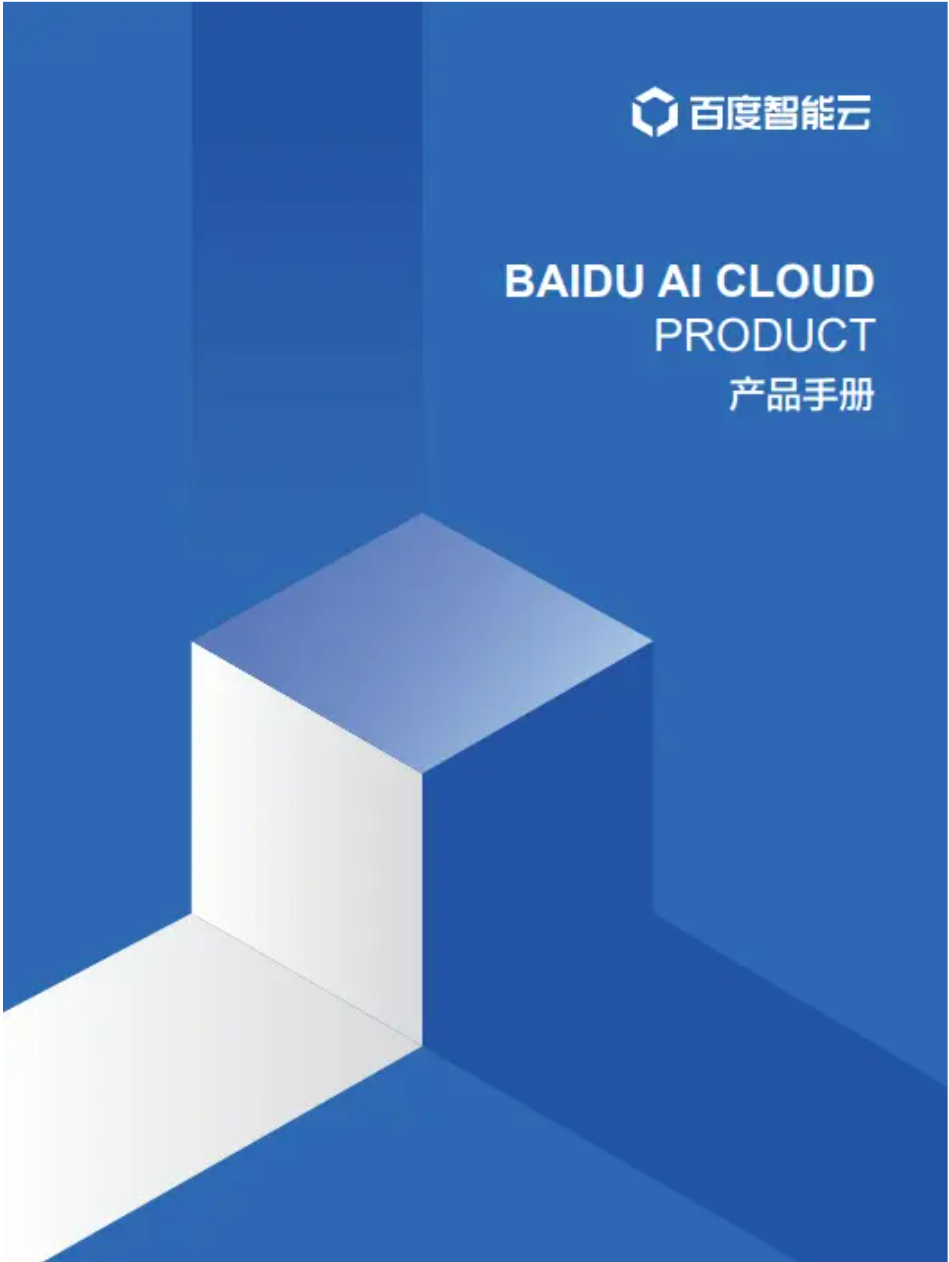
10. Product promotional video
In some large-scale occasions, such as exhibitions, bidding, and product launches, product promotional videos are usually used to introduce product information. Compared with graphic display, video can bring customers a more intuitive feeling.
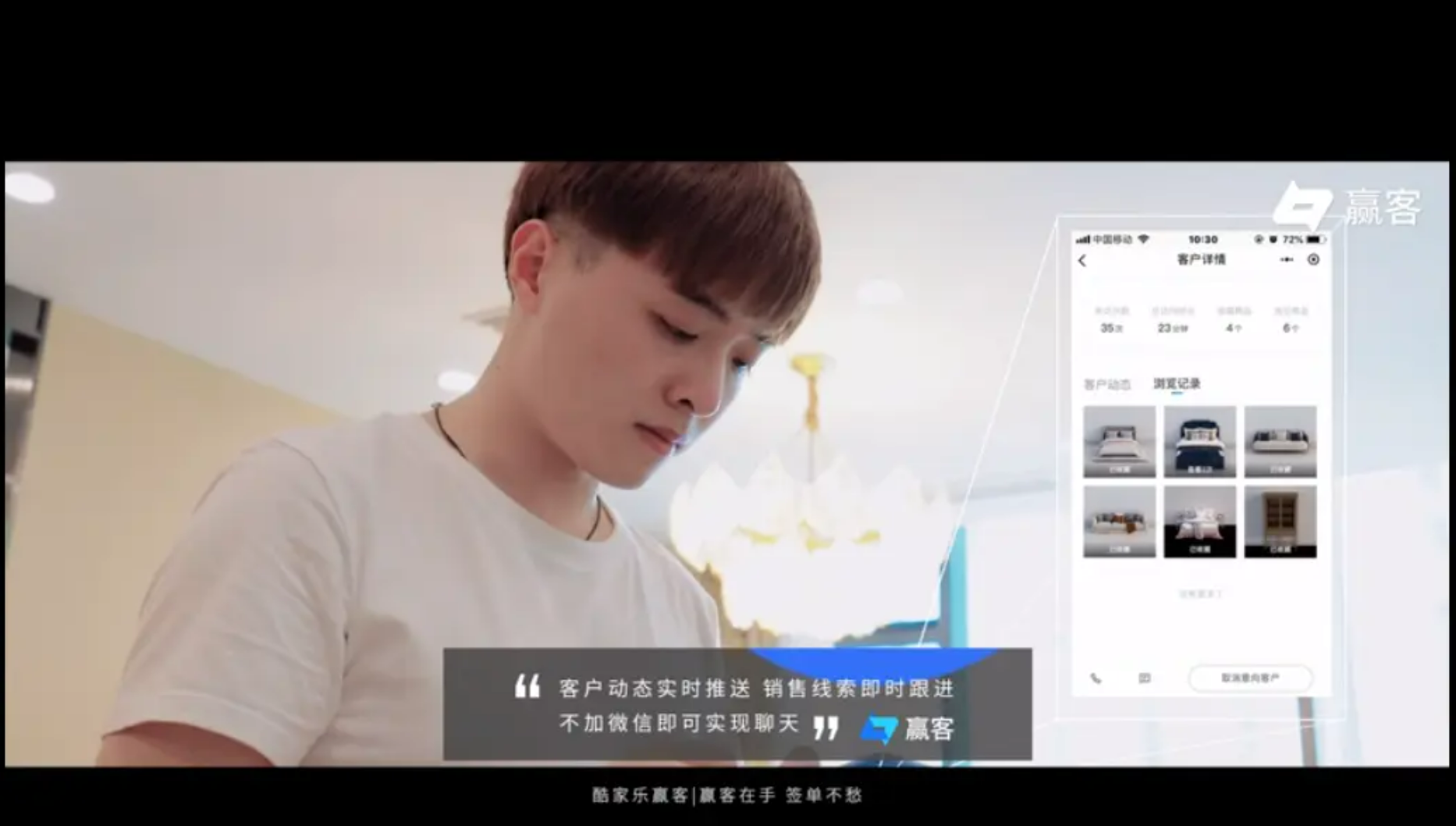
11. Product Installation and Deployment Documentation
Documents used to guide users in product installation and deployment need to distinguish software and hardware.
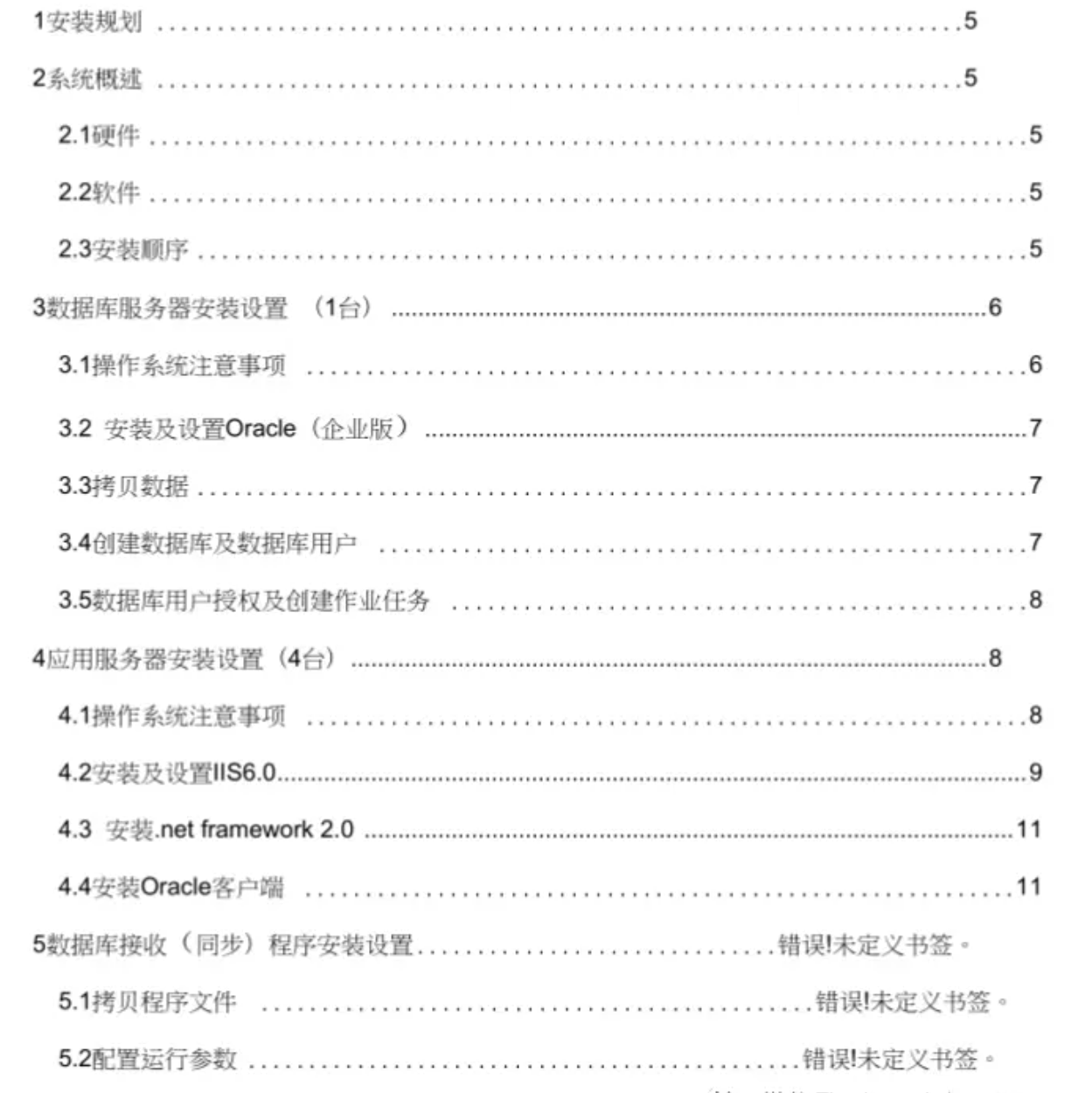
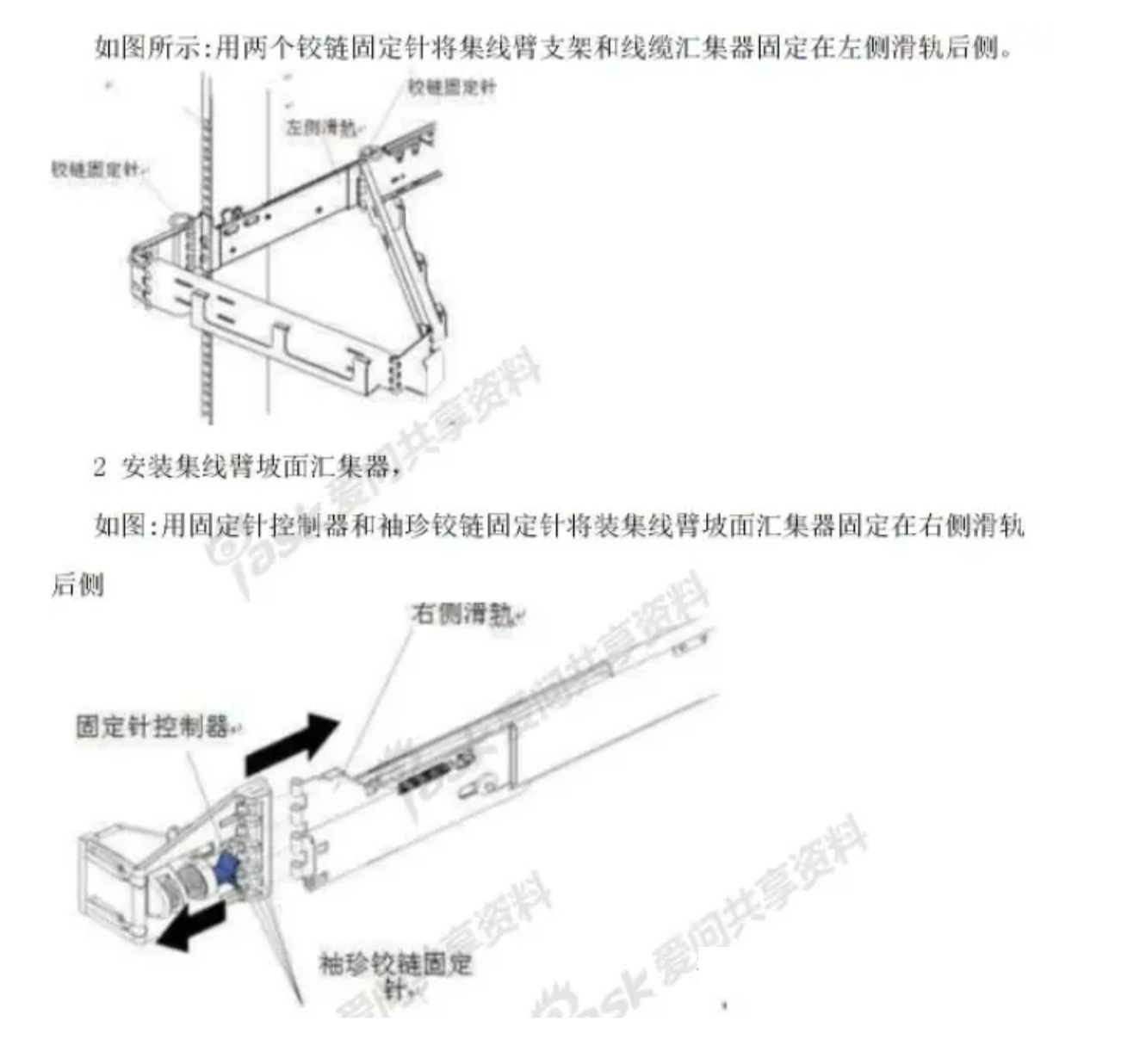
12. Product Base Agreement
Including all online and offline agreements or regulations, such as after-sales service commitment letter, terms of service, privacy clause, copyright statement, user agreement, etc.
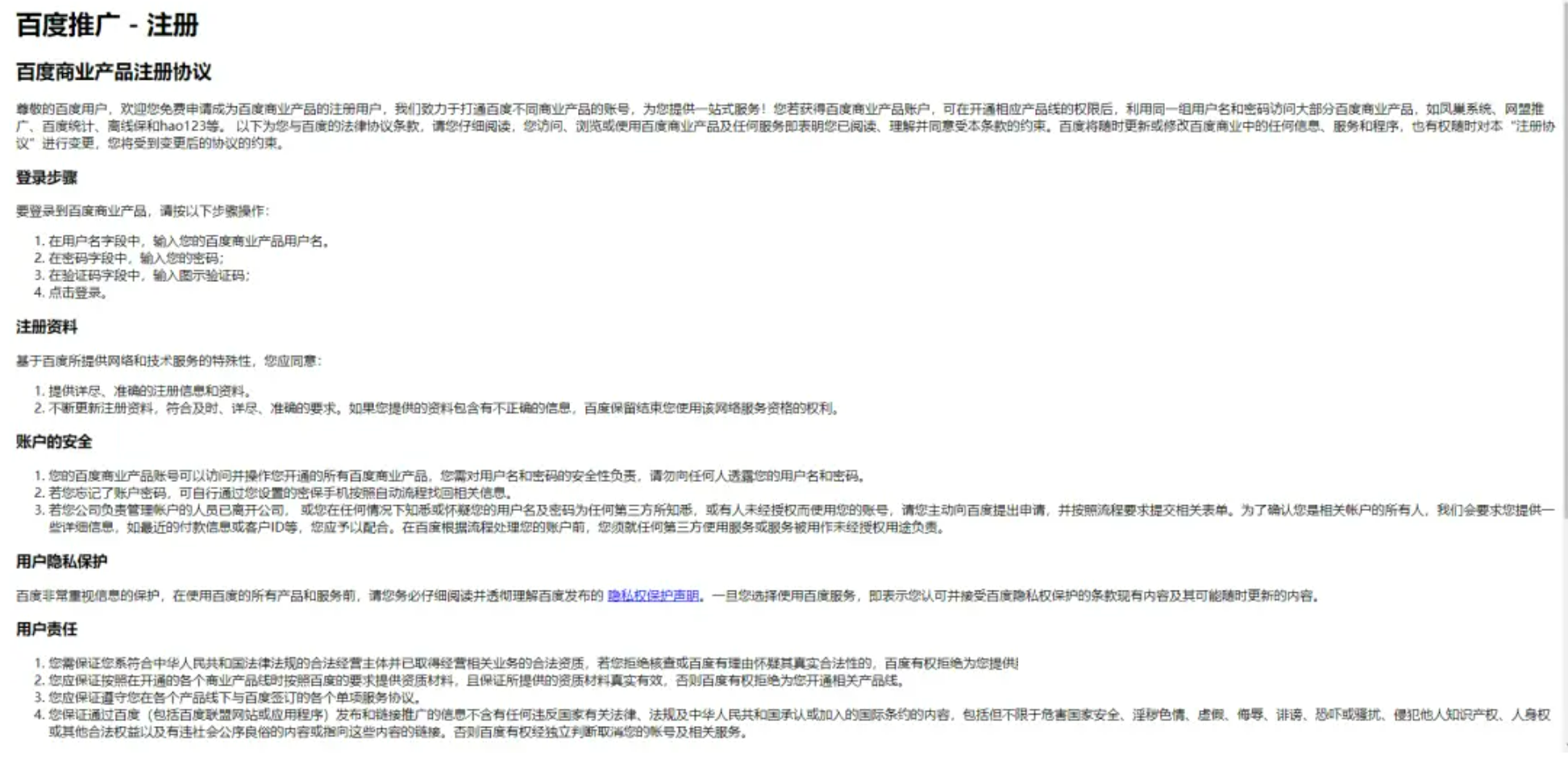
2. Preparation of materials for listing
1. Installation environment
The user's hardware environment is diverse. When packaging, it is necessary to package the used program runtime library according to the installation platform (Android, iOS, Mac, windows, HTC Vive), such as C++, java, Xml5, etc., to avoid The software cannot run normally due to the lack of certain environments.
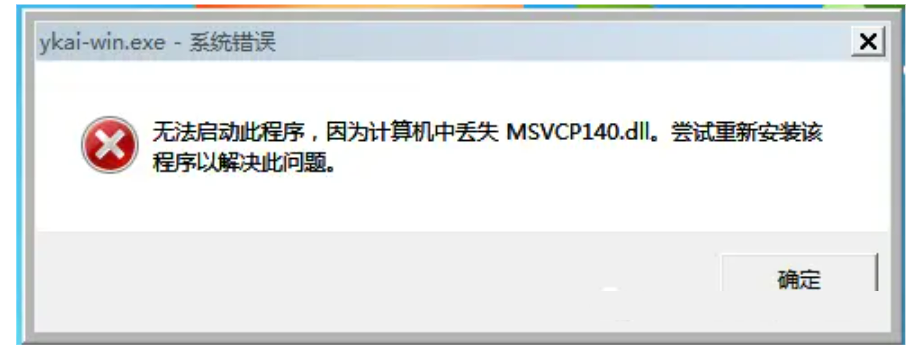
But you can't just add the runtime library blindly, and you have to take into account the size of the installation package.
2. Preparation of materials for shelves
If a product needs to be promoted on a large scale, it needs to be put on the app stores of different channels. The basic process is to register a developer account-qualification review-create an app-improve app information-submit the app for review-app launch. It should be noted that the review specifications and requirements of each channel may be different, and you need to focus on it and make corresponding adjustments when listing.
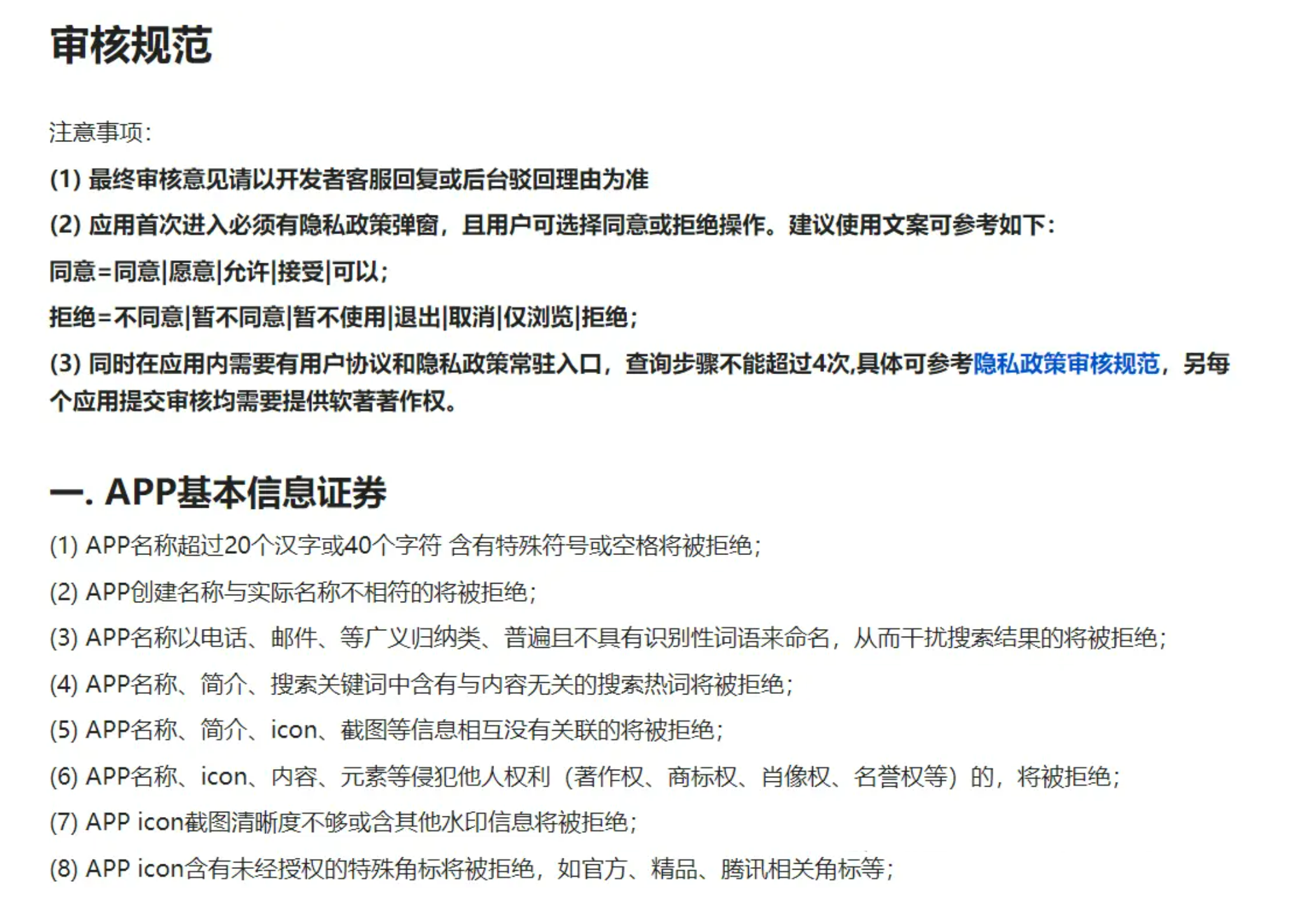
If it is only used in a small area, the download address can be directly provided for Android and PC applications, and the iOS can be added to the test flight test or the Dandelion internal test distribution platform.
Recommended information:
- Dandelion internal test distribution platform: https://www.pgyer.com/app/distribution
- Summary of APP listing requirements in major app stores: https://blog.csdn.net/GerrySHIGUANG/article/details/115533604
3. Update mechanism preparation
Before going online, it is necessary to prepare the software update system. Currently, there are generally three update methods, which can be selected according to the actual situation:
- Forced update: After opening the software, the user is reminded to update, if not updated, the operation cannot continue. The advantage is to ensure that users can use the latest features, and the disadvantage is that downloading is troublesome and suitable for major updates.
- Non-mandatory update: After opening the software, the user is reminded to update, and the user can choose to ignore the update. The advantage is to give users greater choice, which is suitable for situations where the updated content has less impact on users.
- Hot update: Bypass the distribution platform review and download update data in the app itself. The advantage is that it avoids the time cost of waiting for review, and is suitable for software or functions with high immediacy, such as games and operational activities.

In addition, it is necessary to formulate an update-related process system, including the rules for selecting the update method (if you encounter a P0-level problem, you need to fix it immediately and force an update), version naming specification (XYZ), update content specification, release cycle, etc.
3. Preparation of sales materials
1. Product charging strategy
The business model of C-end products is that the core functions are free, and fees are charged by monetization of traffic, virtual products, value-added services, and commissions.
The business model of B-end products includes:
1) Pricing model
Buyout, lease, pay as you go.
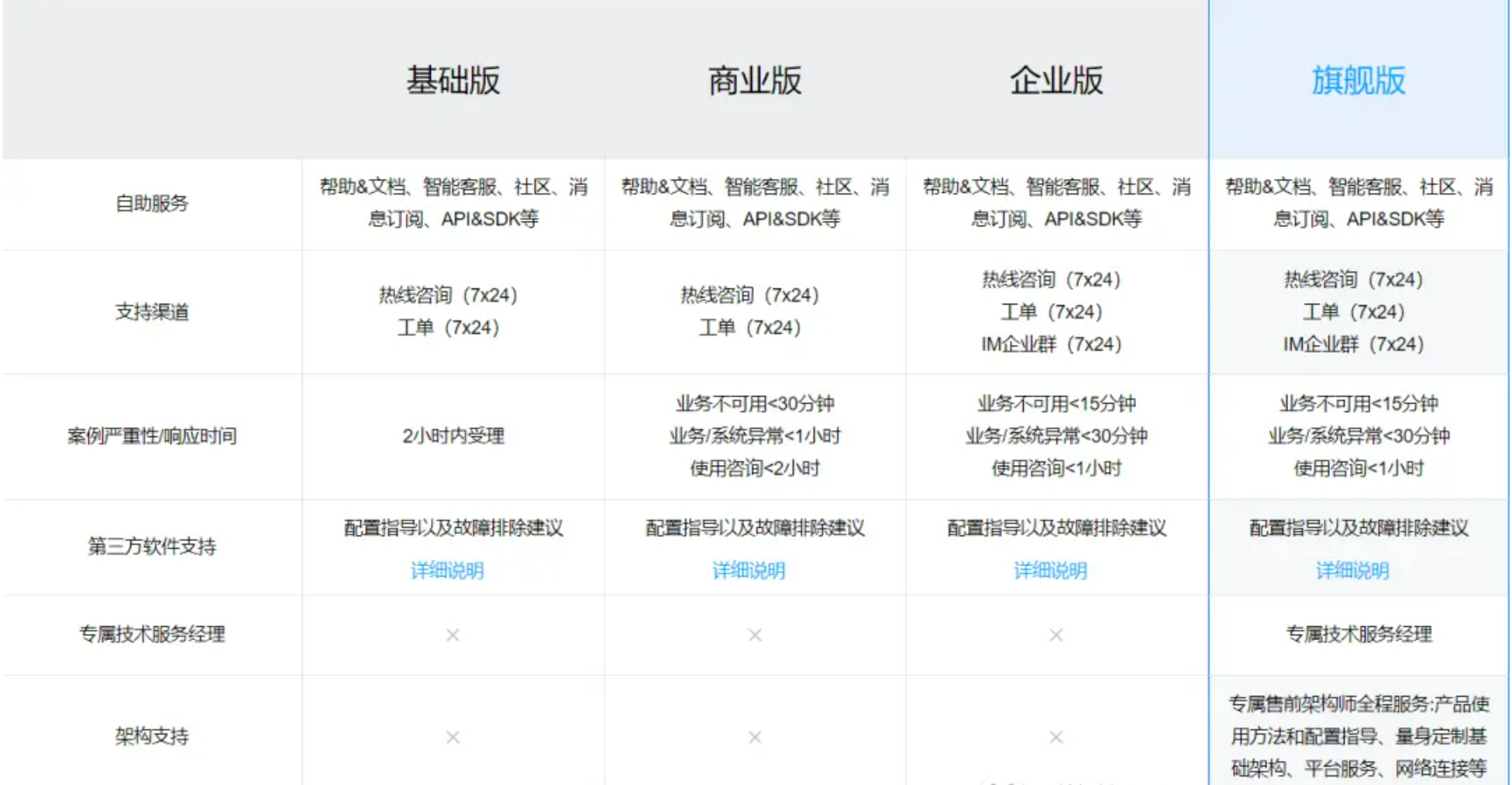
2) Distribution model
3) Delivery Mode
Bidding.
Therefore, before going online, it is necessary to calculate the product cost, catalog price, minimum price, discount range for sales staff at all levels, etc., and prepare a quotation template at the same time.
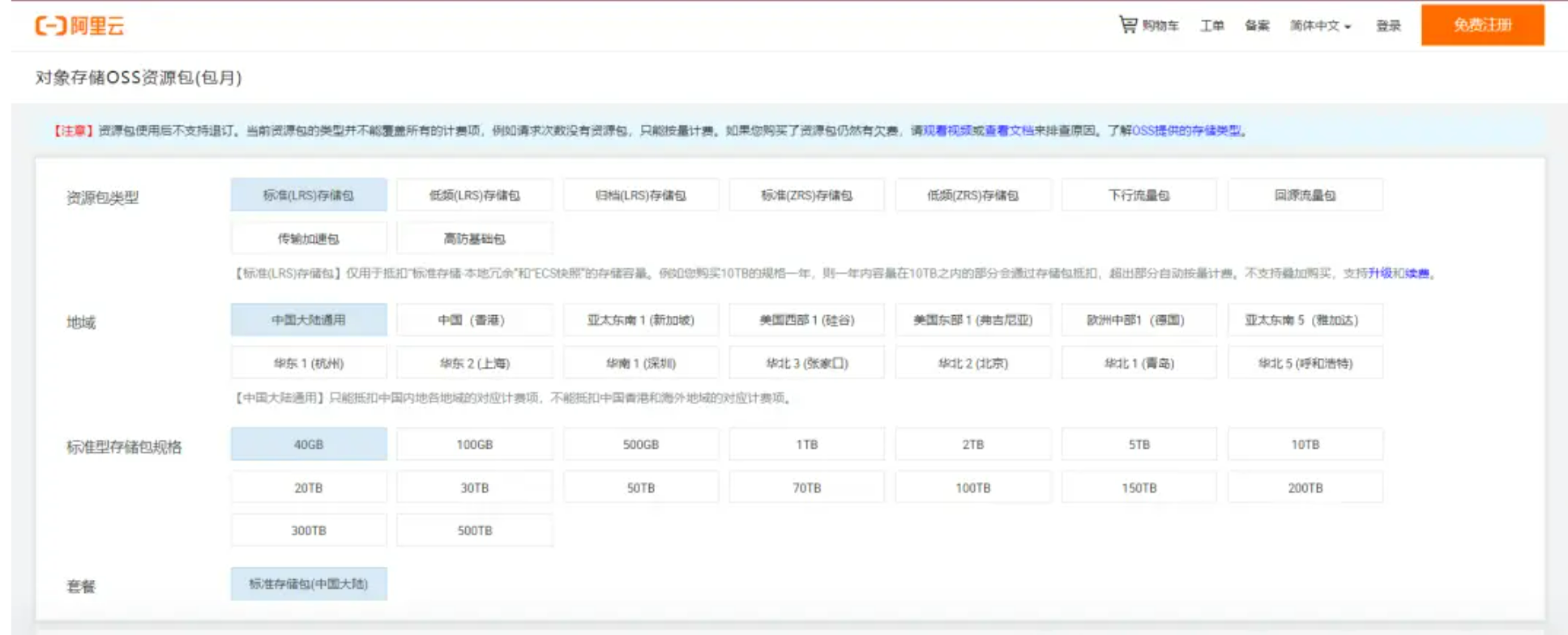
2. Product bidding
If your product is used for bidding, you also need to prepare relevant materials according to the requirements of the bidding document, including but not limited to commercial documents (business license, taxpayer qualification certificate, quotation form, etc.) and technical documents (product function table, test cases, technical suggestions) books, design notes, technical deviation sheets, etc.).
3. Sales training
The salesperson is the direct contact person of the customer, and the concept of the product needs to be introduced to the customer through them, so first of all, the salesperson should be trained as your "shadow clone". Therefore, it is necessary to prepare training materials for sales staff, and after training, it is also necessary to prepare assessment materials, such as test questions, to verify the mastery of sales staff.
4. Preparation of sales materials
In addition to product information, the information provided for sales staff should include case collections, FAQs, product demonstration demos, contract templates, etc.
4. Service data preparation
1. Value-added services
Combining product functions and customer needs, providing customers with services beyond the scope of conventional services, or using services beyond the scope of conventional services. For example, the online examination system in the figure below can provide customers with value-added services such as question proposition consultation, test question production, and online and offline operation assistance.
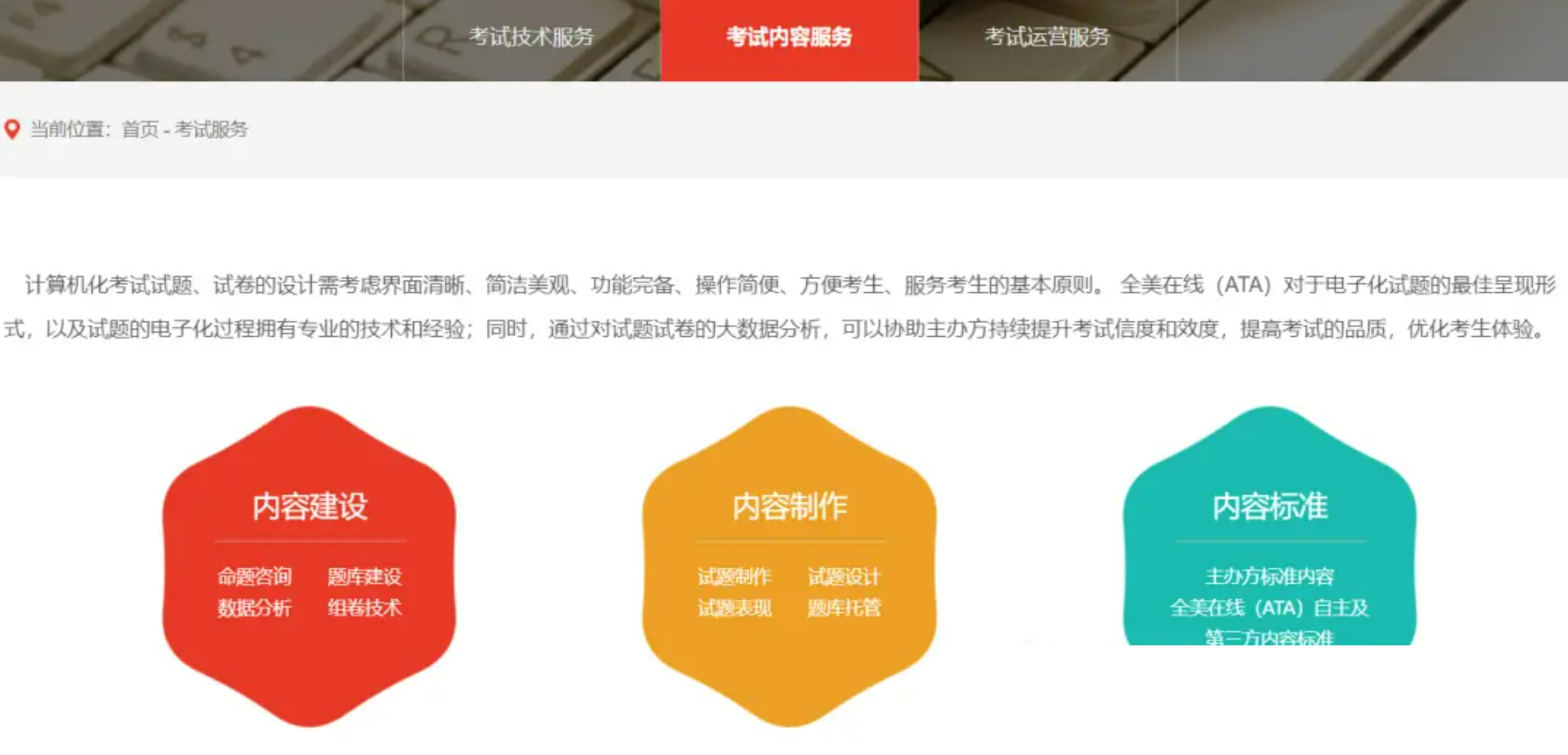
2. Pre-sales/after-sales service
Sort out the available online and offline pre-sales and after-sales services:
- Online: online customer service, telephone customer service, complaints and suggestions, online work orders, self-service, etc.
- Offline: on-site training, on-site service, regular return visits, on-site maintenance, etc.

5. Internationalization data preparation
1. Access to overseas third-party services
1) Login service
Logging in through the accounts of overseas mainstream third-party login platforms, such as Facebook, Google, WeChat, etc., can also be connected to the login system of the partner, which requires the support of the corresponding API.
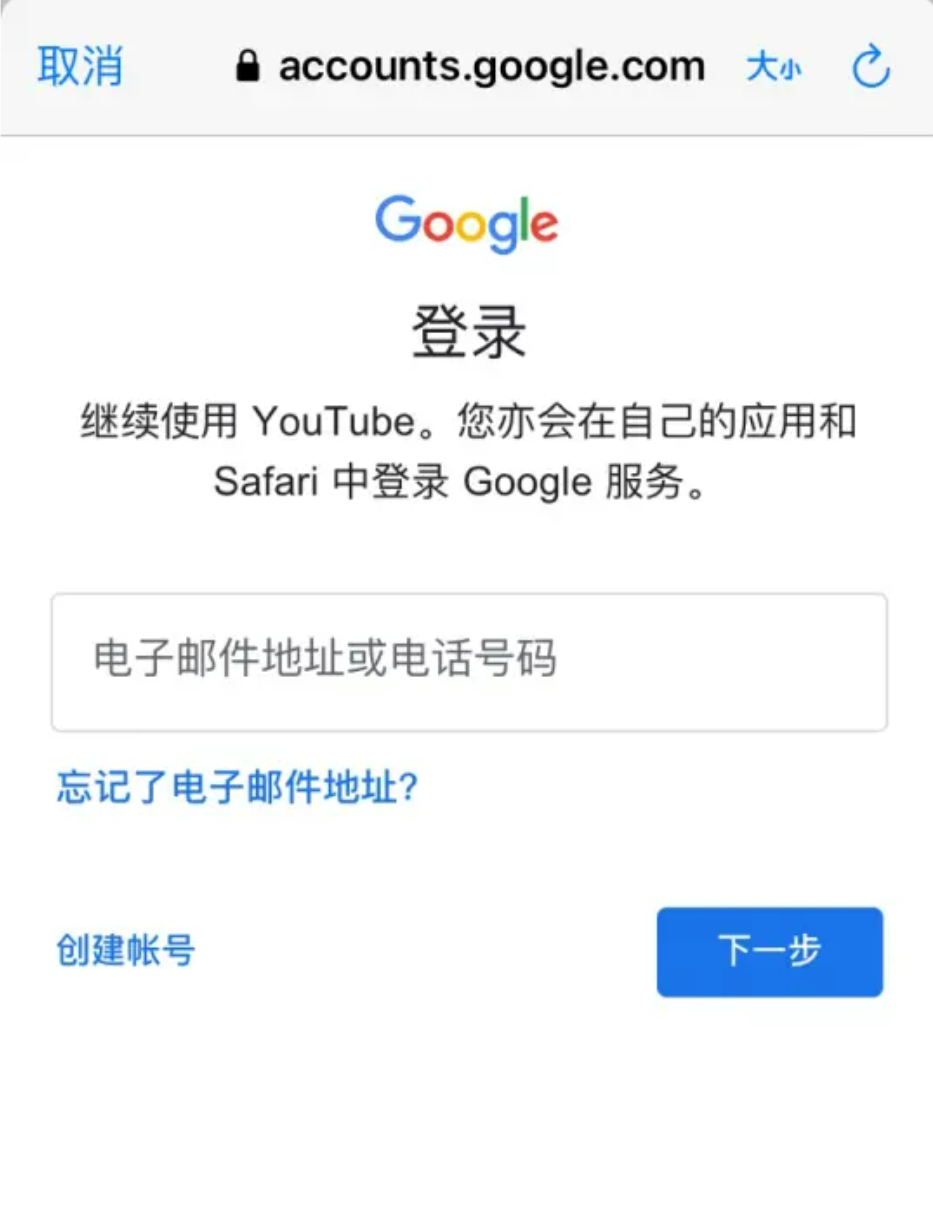
2) Payment Services
Common ones include PayPal, VISA, and each country and region has its own payment system. It is necessary to decide which payment service to connect with according to the actual customer of the product.
3) Mobile phone numbers in various countries
Mobile phone numbers in different countries can complete account operations such as registration, login, and password retrieval.
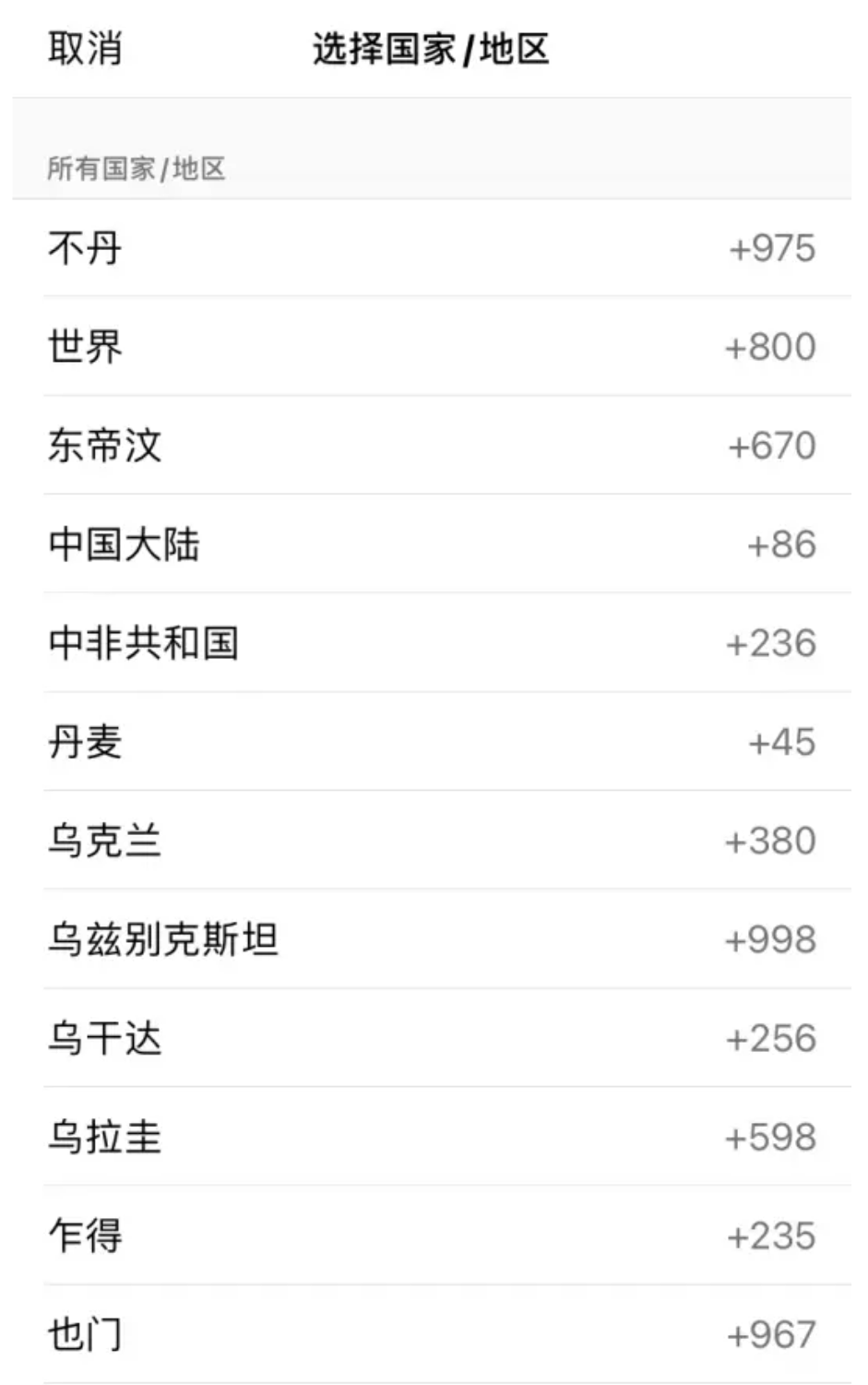
4) Recommended information
Facebook:https://developers.facebook.com/products/facebook-login/
Google:console.developers.google.com
Braintree:https://www.braintreepayments.com/
2. Language switching
Supports configuration of the front-end display by region and language, including basic content, user agreement, update log, help documentation, etc., and supports one-click switching of the front-end.
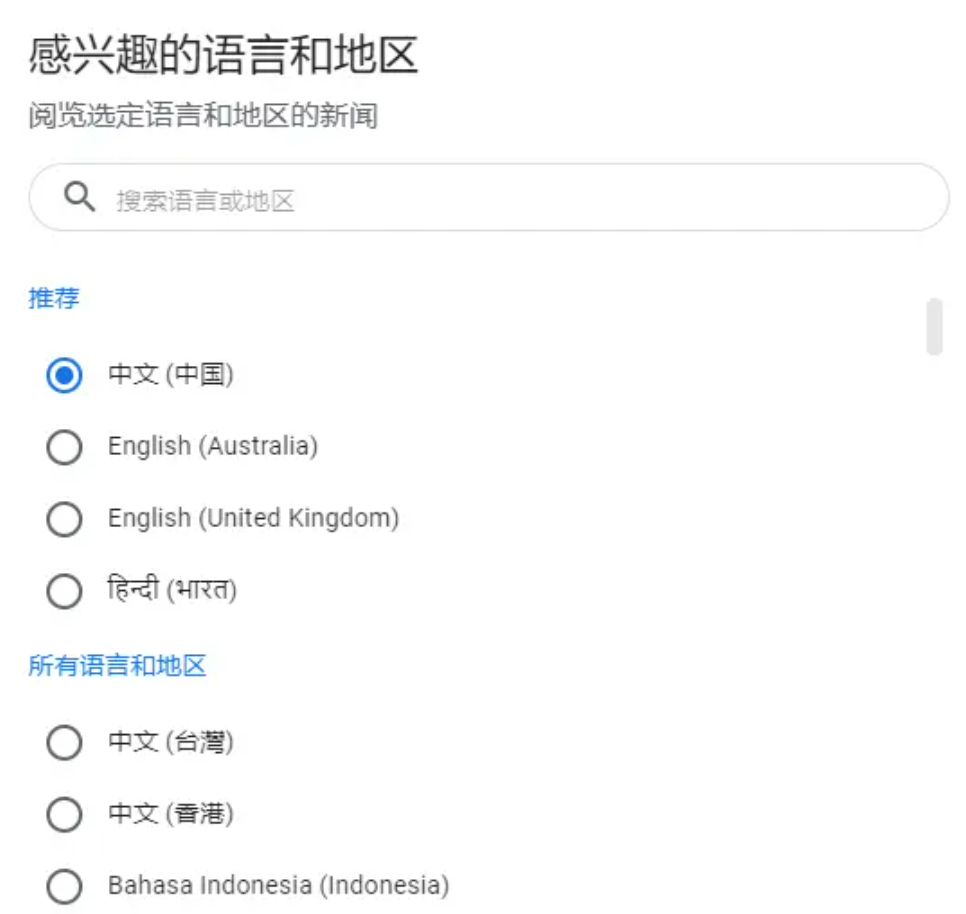
With the expansion of business, the types of languages supported will continue to increase. It is recommended to store the language text configuration file on the server, and update it to the user client in time when a new language is added, without waiting for the next version to be released.
3. Content review
- Block content that is not in the language of the country
- Block content that may cause political and religious controversy in the country, such as girls in Saudi Arabia cannot show their faces
- Block taboo content related to customs in this country, such as not giving thumbs up in Japan
- Block content that may violate the laws and regulations of the country, such as not collecting private information stipulated by the law
4. Overseas renewal
When updating software, it may be necessary to update functional modules individually for certain countries/regions, so it is necessary to support the selection of different update servers by different channels.
5. Internationalized UI
It is possible to design an internationalized UI according to the customs and reading methods of different countries. If Germans do not like red, red elements should be avoided.
6. Summary
For product managers, although they don't have to do it themselves, they must control every link before the product goes online.
